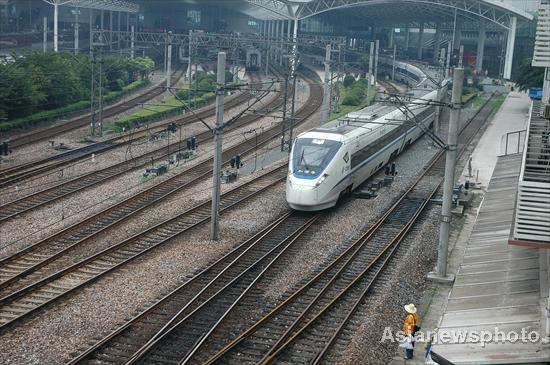I don't think fixing it value to the dollar is "devaluating the Yuan" - that seems more like keeping it fixed, unless you are stating that the US policy is to devaluate the dollar.
Said devaluation occurred years ago, when the yuan was first pegged to the dollar. As part of that monetary policy, they slammed the value of the yuan by around 50% (IIRC) before pegging it to the dollar. They idea was to manufacture and lock in an exchange-rate advantage.
Until about three years ago (perhaps a little less?) they did let the Yuan appreciated wrt the dollar.
Only for a short time, and only by a very small amount. And that was a time when the Euro was appreciating wrt the dollar, so the overall monetary policy relative to their export markets as a whole was still effectively a peg.
I, like many others, think they will again let it increase in value wrt to the dollar.
They likely will eventually. The question is when, and by how much. And to that, it will neither be soon nor dramatic.
The Chinese are not dumb - they know they really have no choice but to produce more for the internal market to keep job growth up and keep the support of the population.
That, or bring back the currency peg to prop up exports, and inject a huge stimulus to hold up employment until the export markets recover. Which is what they did. If they were looking to make a leap to internal consumption and away from exports, their monetary policy would not have moved in the direction it did, and their stimulus would not have taken the form that it did.
exports mainly to Europe, China's biggest customer now.
But not for long, I expect. The Euro is in for a decline - people are talking parity with the dollar by year's end - and China isn't going to be able to devalue the yuan to track that without really pissing of the USA (since it would require devaluing with respect to the dollar as well).
The answer is that planes use more energy per passenger mile than trains
They also travel much slower and require the maintenance of large expanses of distributed infrastructure (neither of which are economical for regions with low population densities, which would be most of the US land area).
and in the long run are less economical.
And yet, they barely cost any less than travel by plane in the US, and almost nobody uses them. Apparently, riders value their time more than they value the slightly lower cost of train travel.
- By a huge factor when you start to speak of moving bulk goods like grains or coal by plane instead of rail, but then the US slower trains can be used for this too.
And so they are. High speed rail lines are not used for moving bulk goods anywhere that I know of. It's all passenger travel.
I only mention it to forcefully drive home that trains are much cheaper than airplanes
Again, the markets disagree with you. Especially if you place any value on your time - in my case, the extra time associated with train travel makes it vastly more expensive than travel by plane or car.
So by Christmas 2010, perhaps you will better understand why trains instead of airplanes.
I'm not holding my breath. A plane flight from here to see my parents for Christmas costs only about 10% more than a train ticket, but takes 20 hours less travel time. Accounting for my time at the rate I get paid at work, that works out to the cost of the train exceeding that of the plane by around $1000, each way. From a fiscal standpoint, I'd be crazy to take the train, even if they didn't charge me for the ticket at all. It's only economical if you place zero value on your time, or enjoy spending entire days on a train for its own sake.

